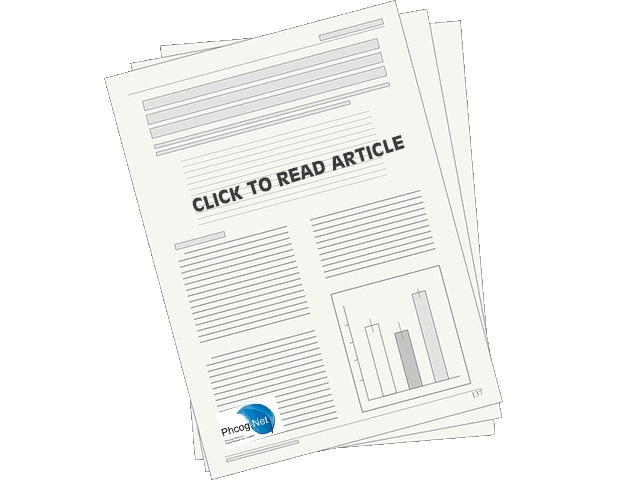News and Views
Abstract
Anxiety is an integral part of life; almost everyone feels anxious now and then. Anxiety is a normal emotion when dealing with daily stressors and problems in life. But anxiety becomes a disorder when these persistent, excessive, and irrational emotions affect a person’s function. Psychological problems affect people of all ages, genders, cultures, and socioeconomic status.[1] In terms of years lived with disability (YLD), anxiety disorders were the sixth most common non-fatal cause of disability in both high- and low-income nations. The global prevalence of anxiety disorder ranged between 0.9% and 28.3%.[2] The prevalence of anxiety disorder in the Southeast Asian region was estimated to be 23%, and in India, it was estimated to be 3.0% contributing to 2.5% of total YLD. Anxiety disorders affect more women (4.6%) than men (2.6%) worldwide.[3]
The Autonomic Nervous System is essential for mental and physical wellbeing. The Hypothalamic-Pituitary-Adrenal axis gets dysregulated by anxiety disorders, further weakening the autonomic nervous system. As part of an anxiety disorder, repetitive, inappropriate, or chronic autonomic reactions might increase the risk of atherosclerosis, hypertension, reduced heart rate variability (HRV), myocardial infarction, or even sudden cardiac death.[4] An unhealthy diet, decreased physical activity, and noncompliance with medications play a significant role in linking anxiety disorders to cardiac outcomes. Inflammation, ventricular dysfunction, platelet abnormalities, and autonomic dysfunction, among other physiological processes, may contribute to cardiovascular risk factors and death.[5]






